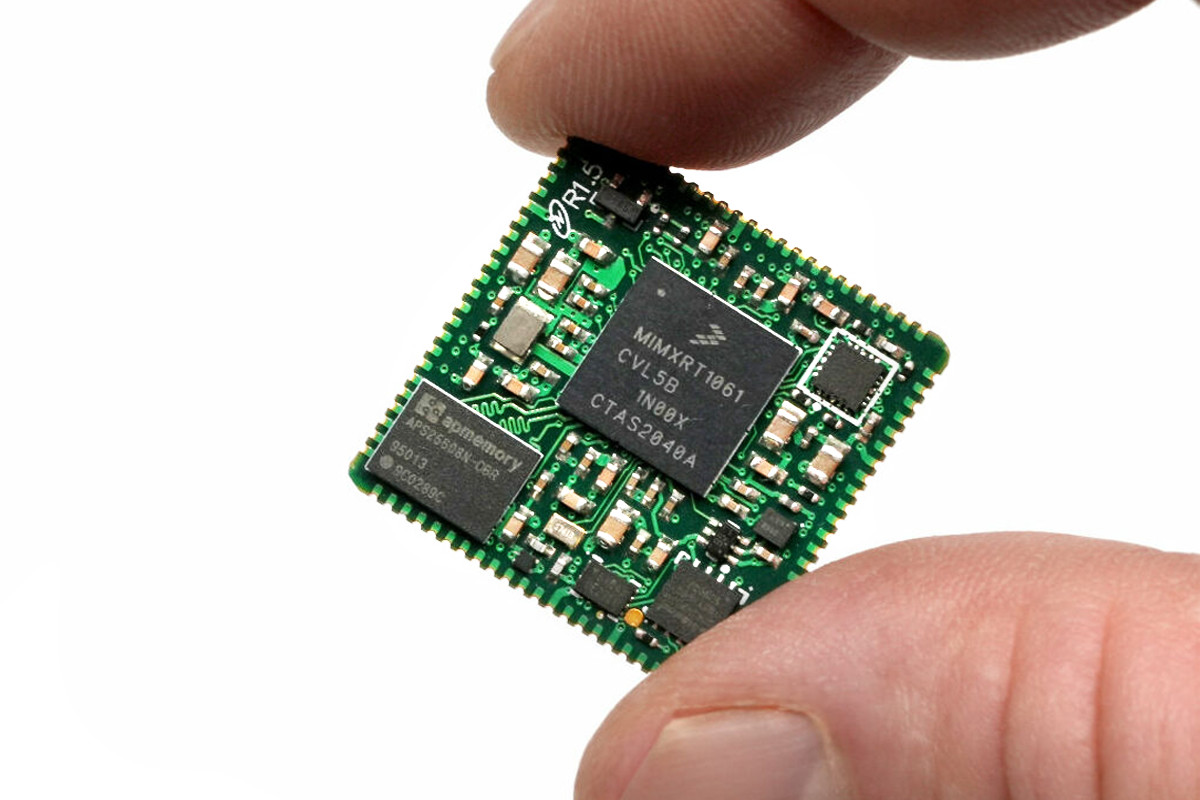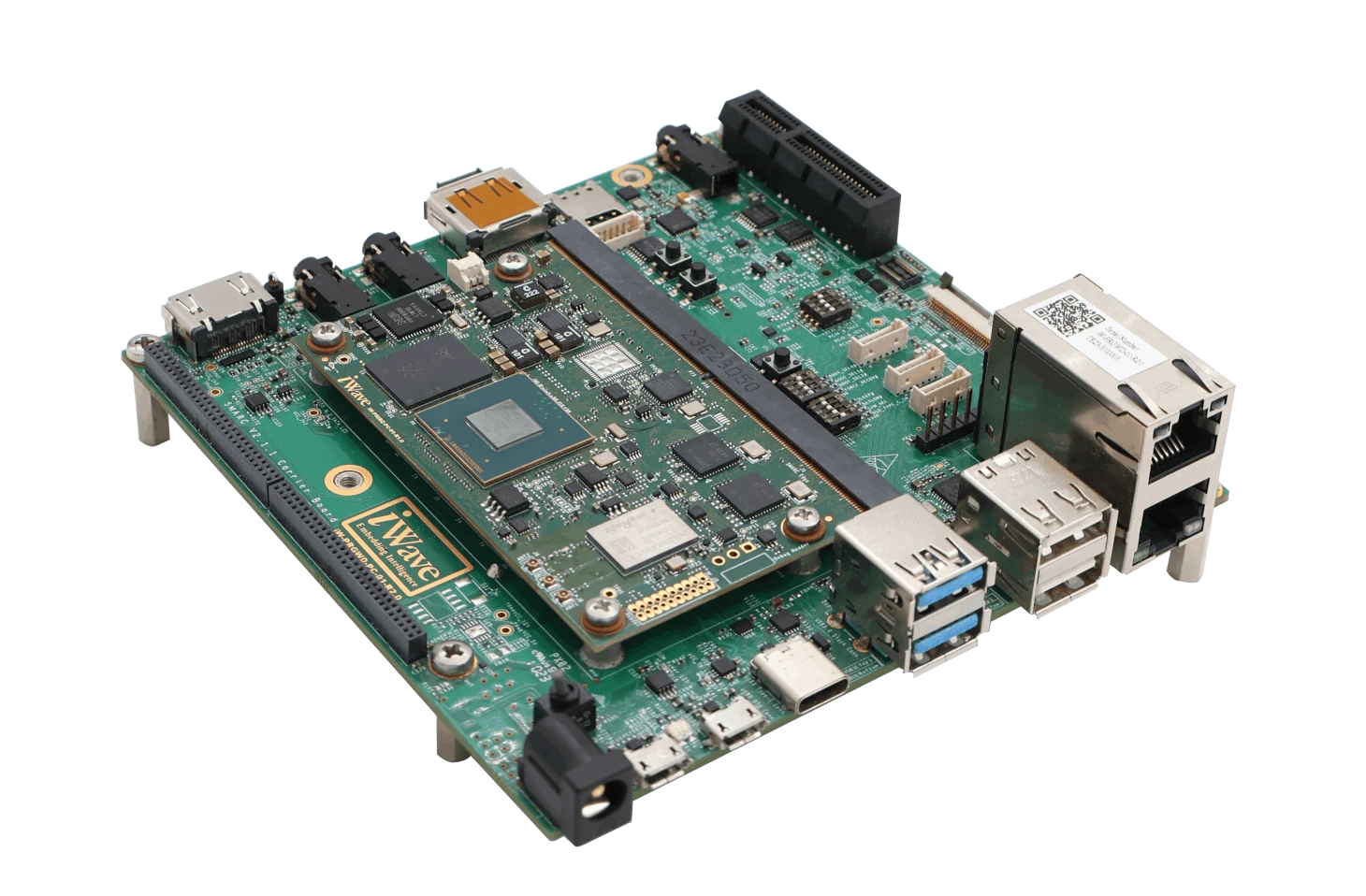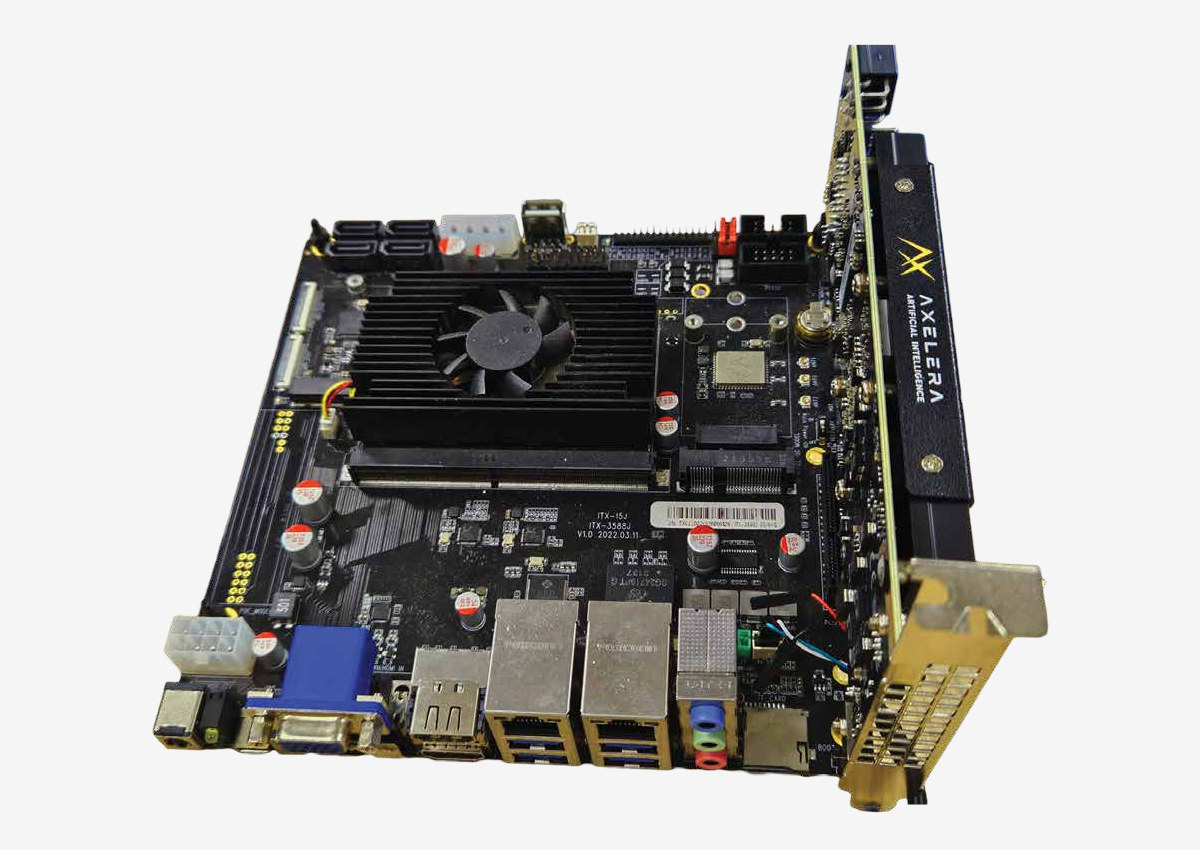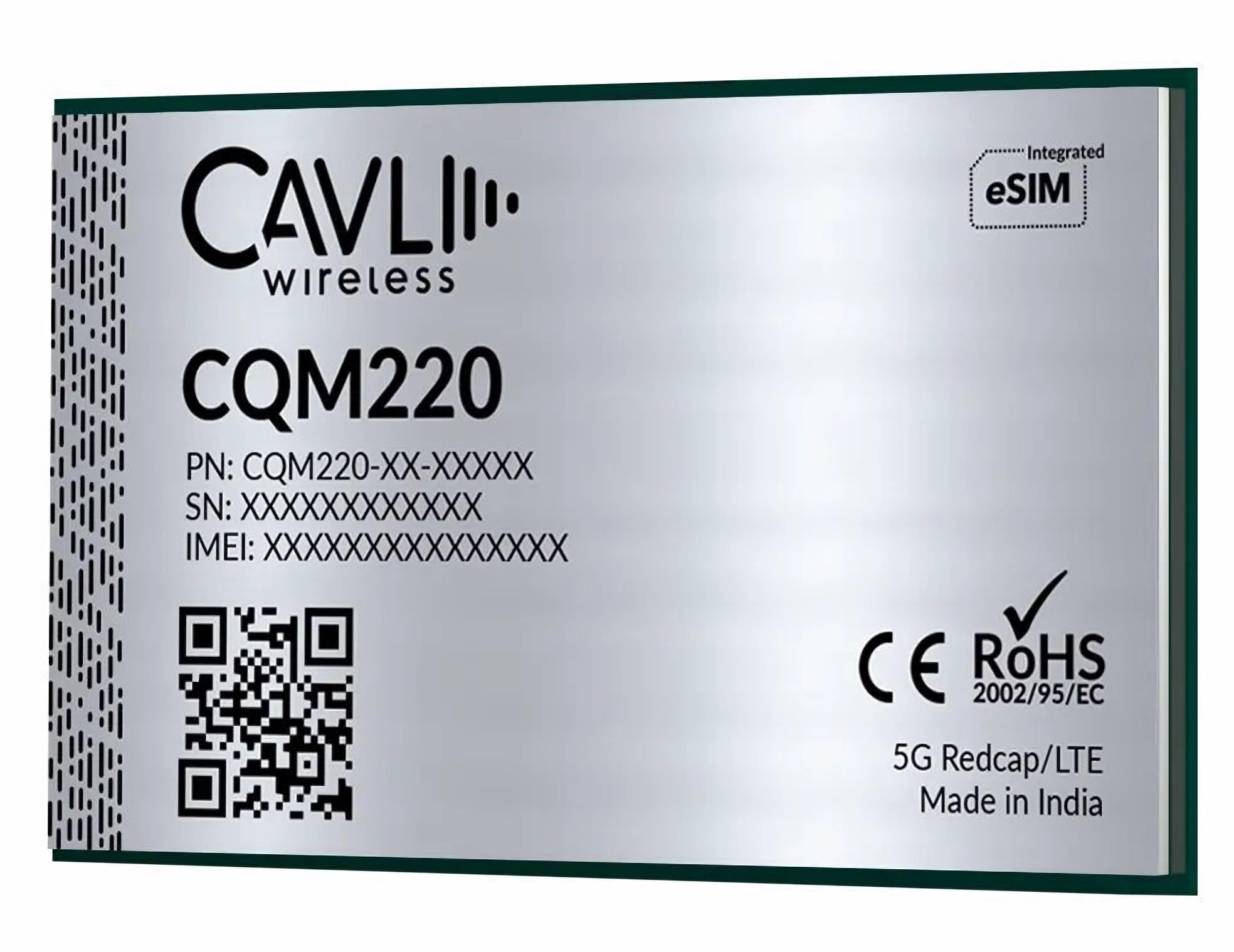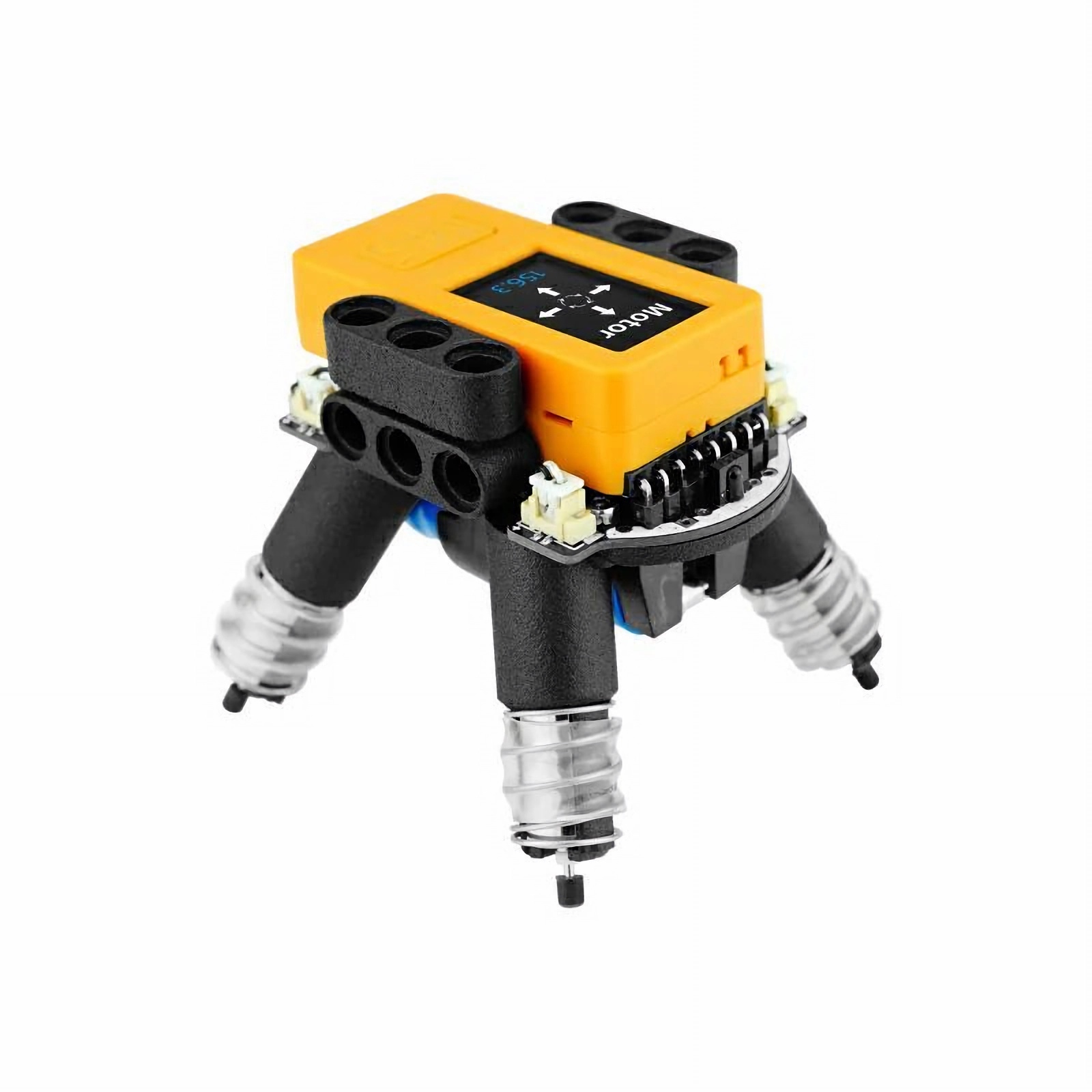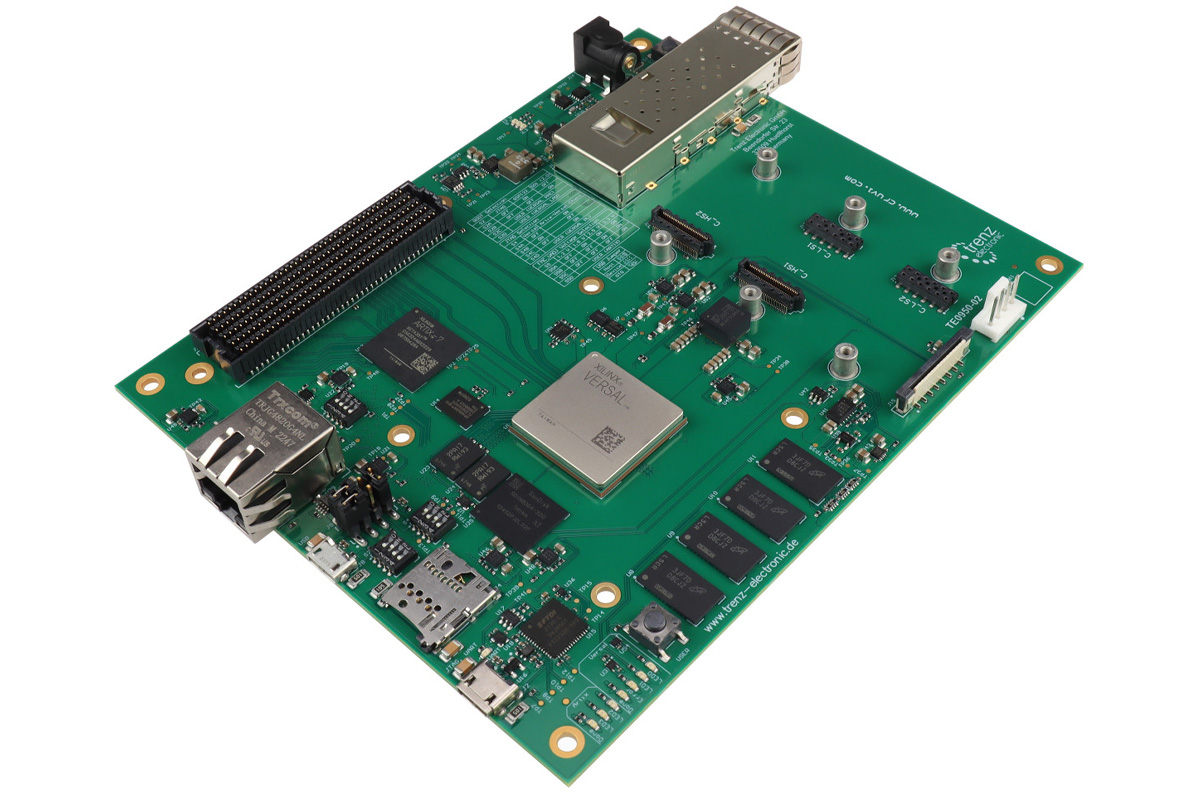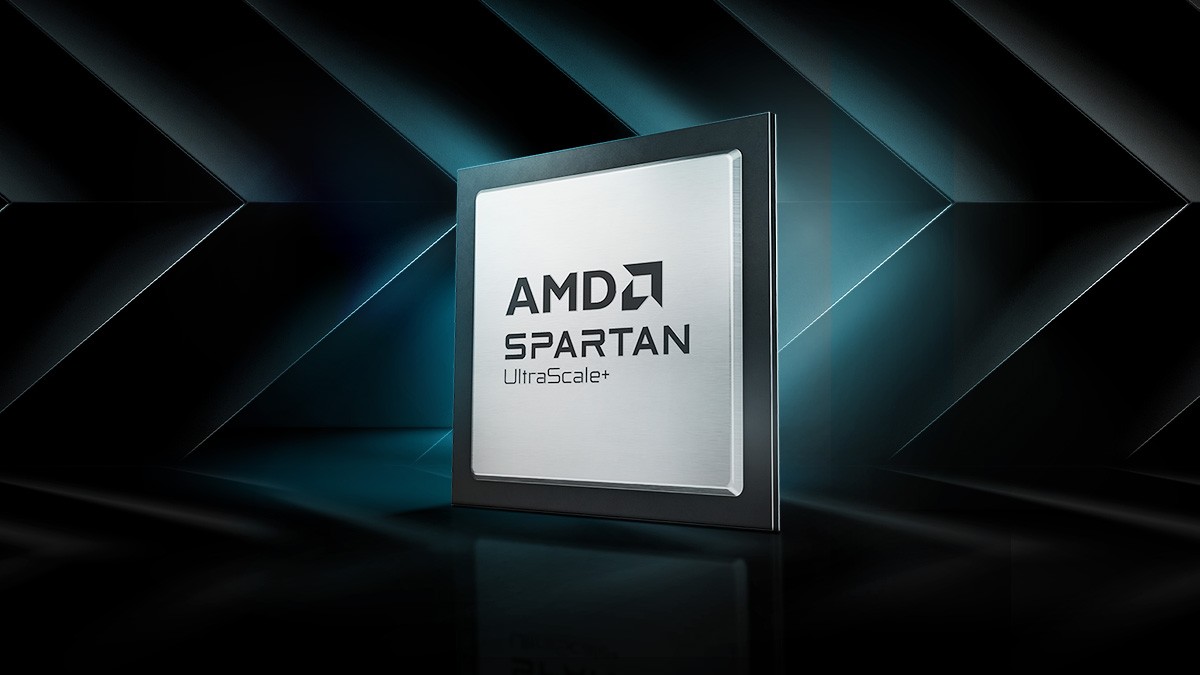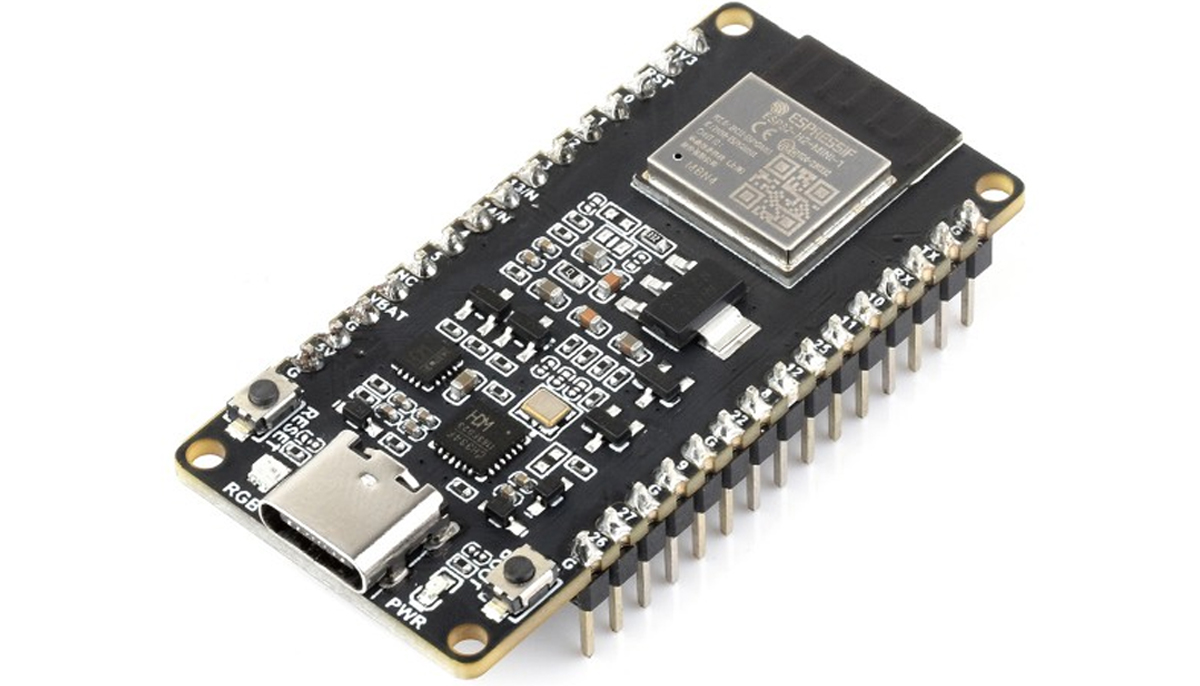The NetBurner SOMRT1061 is a System-on-Module (SoM) that comes in a very compact stamp-sized footprint that measures just 25.4mm x 25.4mm, yet boasts a rugged design and 67 usable GPIO pins with edge connectors. These features make this SoM ideal for a wide range of medical, industrial, and robotics applications. The SoM is built around the NXP’s i.MX RT1061 Arm Cortex M7 SoC, and features 1MB of internal SRAM, 32MB of external RAM, and 8MB of flash storage. It also features dual 10/100M Ethernet with PTP, an on-die temperature sensor, three FlexIO modules, two USB OTG 2.0 controllers, I2C, SPI, ADC, SD Card, CAN, UART, and many more. NetBurner SOMRT1061 System-on-Module (SOM) Specifications SoC – NXP i.MX RT1061 Arm Cortex-M7 @ 528MHz. Memory 1MB SRAM on the processor 32MB of external RAM Storage Flash – 1MB boot, 8MB application SDHC – Flash card interface Ethernet Up to two 10/100 Ethernet […]
NXP i.MX 95 SMARC 2.1 system-on-modules – ADLINK LEC-IMX95 and iWave iW-RainboW-G61M
Several companies have unveiled SMARC 2.1 compliant system-on-modules powered by the NXP i.MX 95 AI SoC, and today we’ll look at the ADLINK LEC-IMX95 and iWave Systems iW-RainboW-G61M and related development/evaluation kits. The NXP i.MX 95 SoC was first unveiled at CES 2023 with up to six Cortex-A55 application cores, a Cortex-M33 real-time core, and a low-power Cortex-M7 core, as well as an eIQ Neutron NPU for machine learning applications. Since then a few companies have unveiled evaluation kits and system-on-modules such as the Toradex Titan evaluation kit or the Variscite DART-MX95 SoM, but none of those were compliant with a SoM standard, but at least two SMARC 2.1 system-on-modules equipped with the NXP i.MX 95 processor have been introduced. ADLINK LEC-IMX95 Specifications: SoC – NXP i.MX 95 CPU Up to 6x Arm Cortex-A55 application cores clocked at 2.0 GHz with 32K I-cache and D-cache, 64KB L2 cache, and 512KB […]
Axelera Metis PCIe Arm AI evaluation kit combines Firefly ITX-3588J mini-ITX motherboard with 214 TOPS Metis AIPU PCIe card
Axelera has announced the general availability of several Metis PCIe AI Evaluation Kits that combine the company’s 214 TOPS Metis AIPU PCIe card with x86 platforms such as Dell 3460XE workstation and Lenovo ThinkStation P360 Ultra computers, Advantech MIC-770v3 or ARC-3534 industrial PCs, or the Firefly ITX-3588J mini-ITX motherboard powered by a Rockchip RK3588 octa-core Cortex-A76/A55 SoC. We’ll look into detail about the latter in this post. When Axelera introduced the Metis Axelera M.2 AI accelerator module in January 2023 I was both impressed and doubtful of the performance claims of the company since packing a 214 TOPS Metis AIPU in a power-limited M.2 module seemed like a challenge. But it was hard to check independently since the devkits were not available yet although the company only started their early-access program in August last year. Now, anybody with an 899 Euros and up budget can try out their larger Metis […]
Cavli’s CQM220 5G RedCap module is available in LGA, M.2, and mPCIe form factors
At Embedded World 2024, leading cellular IoT module manufacturer, Cavli Wireless, is set to shine the spotlight on their latest product offering, the CQM220 cellular IoT module with support for the 5G RedCap (reduced capability) standard introduced in 3GPP Release 17. The module is available in three different form factors: LGA, M.2, and mPCIe Gen 2. It offers a maximum network speed of 226 megabits per second (Mbps) for downlink communication and 121 megabits per second for uplink communication. Similar to the Cavli C16QS module, it can support an integrated eSIM for global coverage via the Calvi Hubble cloud platform and comes with an optional GNSS (Global navigation satellite system) for tracking applications. Cavli CQM220 specifications: Processor – ARM Cortex-A7 @ up to 1.7 GHz Memory / Storage 256 MB RAM 256 MB flash Radio Radio Access Technology: 5G RedCap 3GPP Release: 17 Fallback: 4G LTE Cat 4 Network Speed […]
M5Stack BugC2 programmable robot base has an STM32 control chip and a four-way motor driver
Modular IoT hardware developer, M5Stack, has released a new programmable robot base based on the STM32F030F4 microcontroller with LEGO and Arduino compatibility. The M5Stack BugC2 is “compatible with the M5StickC series controllers,” and includes the ESP32-powered M5StickC Plus2 development kit in the package. It features an L9110S four-way motor driver for all-directional operation, two programmable RGB LEDs, an infrared encoder, and a 16340 rechargeable Li-ion battery holder. It also comes with a USB Type-C port for charging the battery and supports onboard reverse charging protection and voltage detection. Listed applications for the M5Stack BugC2 programmable robot base include remote motor control, robot control, and an intelligent toy. M5Stack BugC2 specifications: Microcontroller – STMicroelectronics STM32F030F4 microcontroller, with Arm 32-bit Cortex-M0 CPU @ 48 MHz, and with up to 256KB of flash memory Motor driver – L9110S Infrared receiver – SL0038GD IR detection distance (StickC Plus2) Infrared emission distance (linear distance) at […]
Trenz Electronic TE0950-03-EGBE21A – An AMD Versal AI Edge VE2302 SoC FPGA evaluation board
Trenz Electronic recently announced the TE0950-03-EGBE21A an evaluation board with AMD Versal AI Edge XCVE2302-1LSESFVA784 SoC FPGA. This board features 8 GB of DDR4 SDRAM and 128 MB of SPI Flash (as the primary boot option), a microSD card slot, a 32 GB eMMC flash (secondary boot), and an EEPROM with a MAC address. Additionally, the board supports a range of VE-series devices, such as VE2002, VE2102, VE2202, VE2302, and VM1102, enhancing its application versatility. The AMD Versal is a family of adaptive compute acceleration platforms (ACAPs) designed by AMD. Following its acquisition of Xilinx, it integrates CPU, GPU, and FPGA technologies along with dedicated software support to create a highly flexible development environment. Trenz Electronic VE2302 Evaluation Board Specifications: SoC – AMD Versal AI Edge XCVE2302-1LSESFVA784, A784 package, compatible with multiple VE-series devices RAM – 8 GB DDR4 SDRAM Storage 128 MB SPI Flash (primary boot option) MicroSD card […]
AMD announces the Spartan UltraScale+ FPGA family for cost-sensitive and IO-intensive applications
The Spartan UltraScale+ FPGA family is the latest inclusion to AMD’s Cost-Optimized portfolio, a series of FPGAs designed to balance cost, power, and form factor with affordability. The UltraScale+ FPGA family is designed for cost-sensitive, low-power applications requiring high I/O count and substantial security. Devices in the Spartan UltraScale+ family offer a high I/O to logic cell ratio for FPGAs built in 28nm and lower process technology (the highest in the industry, according to AMD), consume up to 30% less power than compared to the previous generation, and feature robust security features that outclass the rest of the Cost-Optimized portfolio. This FPGA family is built on the same UltraScale+ architecture as previous Artix and Zynq products. They are the first AMD UltraScale+ FPGAs to feature a hardened DDR memory controller and PCIe Gen4 x8 support, “providing both power efficiency and future-ready capabilities for customers.” AMD Spartan UltraScale+ specifications: System Logic […]
Waveshare ESP32-H2-DEV-KIT-N4-M – A Low-cost ESP32-H2 development board going for $6.65
The Waveshare ESP32-H2-DEV-KIT-N4-M is a development board based on the ESP32-H2, available for only $6.65 on Aliexpress, but you’ll also find it on Amazon and Waveshare’s official store. This is a significant price drop compared to last year’s official Espressif ESP32-H2-DevKitM-1 board, which was priced at $10 without including shipping costs and with a similar design. In 2021, Espressif Systems introduced the ESP32-H2 to the world. However, it wasn’t until 2023 that they released their first development board. Since then, there haven’t been many products built around this new module. Some exceptions include the Olimex ESP32-H2-DevKit-LiPo, LILYGO T-Panel, and the ESP Thread Border Router/Zigbee Gateway board, all of which feature the ESP32-H2 chip. Waveshare ESP32-H2-DEV-KIT-N4-M specifications: Wireless module – ESP32-H2-MINI-1 MCU – Espressif Systems ESP32-H2 32-bit RISC-V microcontroller at up to 96 MHz with 320 KB SRAM, 128 KB ROM, 4 KB LP memory, Bluetooth 5.2 LE/Mesh, and 802.15.4 (Zigbee/Thread/Matter) radios. […]


